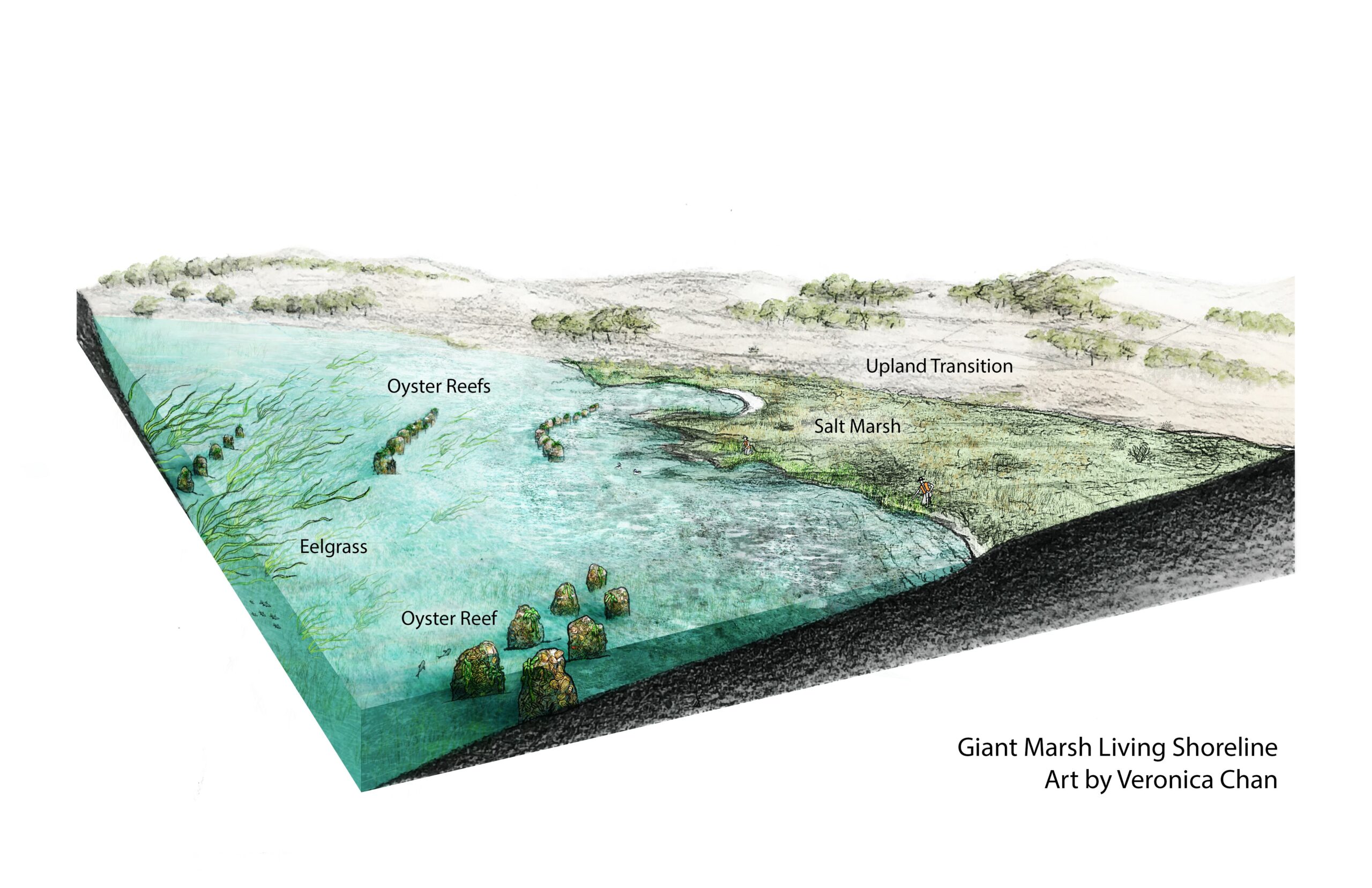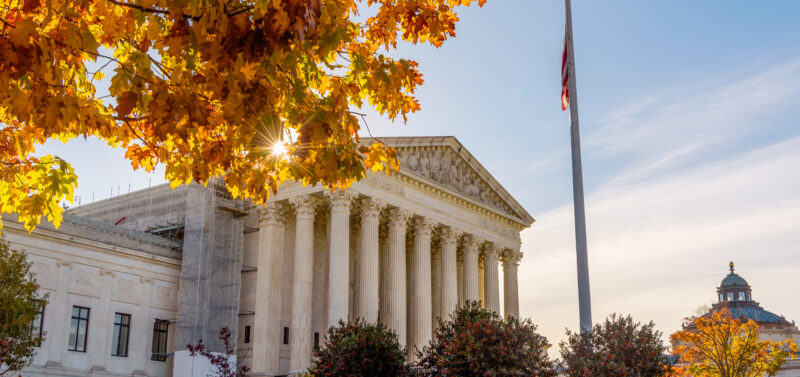In support of our increasingly in-demand Energy Market Team, Environmental Science Associates (ESA) has recently...

Giant Marsh Living Shoreline
The Giant Marsh Living Shoreline Project, constructed at Point Pinole, uses a variety of nature-based shoreline treatments to provide ecological and sea-level rise adaptation benefits.
Why does this project matter?
The project restored approximately 100 acres of subtidal to upland transition habitat and is the first large-scale oyster reef and eelgrass restoration in San Francisco Bay. The large project scale allows the investigation of nature-based engineering approaches to reduce wave energy to combat sea level rise while enhancing habitat. The project, part of the Coastal Conservancy’s San Francisco Bay Living Shorelines Project, builds on lessons learned from prior smaller scale actions. Monitoring of the Giant Marsh Living Shoreline Project is being used to advance the science and practice of living shoreline techniques in San Francisco Bay.
What is ESA doing to help?
ESA led the engineering design and permitting of the Project’s nature-based approaches to sea-level rise including installation of several unique oyster reef balls or cubes composed of concrete and shell units.

These uniquely crafted reef units were strategically placed in the low marsh area to function as a buffer against waves, contributing to shoreline protection.
The Giant Marsh project incorporated a diverse range of tidal and subtidal plant species, including eelgrass, rockweed, and native cordgrass. These plant species were carefully integrated into the ecosystem to enhance ecological resilience.
ESA’s monitoring of wave attenuation over the oyster reef, reef stability, and sedimentation is being utilized to support future nature-based adaptation projects across the region. This comprehensive approach to living shorelines is helping to drive scientific understanding and practical application in San Francisco Bay and beyond.
Connect with our team
“This project represents a big push forward towards understanding how we can use habitat restoration to also protect shores."
Details
Client California State Coastal Conservancy
Location Richmond, CA
Market Natural Resource Management
Services
Biological Resources
Fish and Aquatic Sciences
Land & Resource Management
Climate Change & Resilience
Climate Change Adaptation
Sea Level Rise and Coastal Hazards
Sustainability Planning
Cultural & Historic Resources
Environmental Permitting & Compliance
Adaptive Management
Permitting Assistance
Environmental Review & Documentation
California Environmental Quality Act (CEQA)
Flood & Stormwater Management
Coastal Zone Engineering & Management
Hydrology, Hydraulics & Geomorphology
Restoration
Coastal Restoration
Wetland Restoration

News & Ideas
Battery energy storage provides numerous benefits: it can prevent power outages, maximize the utilization of...
The energy landscape is changing rapidly—and with it comes a growing need for efficient and...
It’s been weeks since the event, but I’m still reflecting on the 2024 Mobility 21...
On December 10, 2024, the U.S. Supreme Court heard oral arguments on Seven County Infrastructure...
After the presidential election, our cultural resources experts are watching for significant adjustments to cultural...







